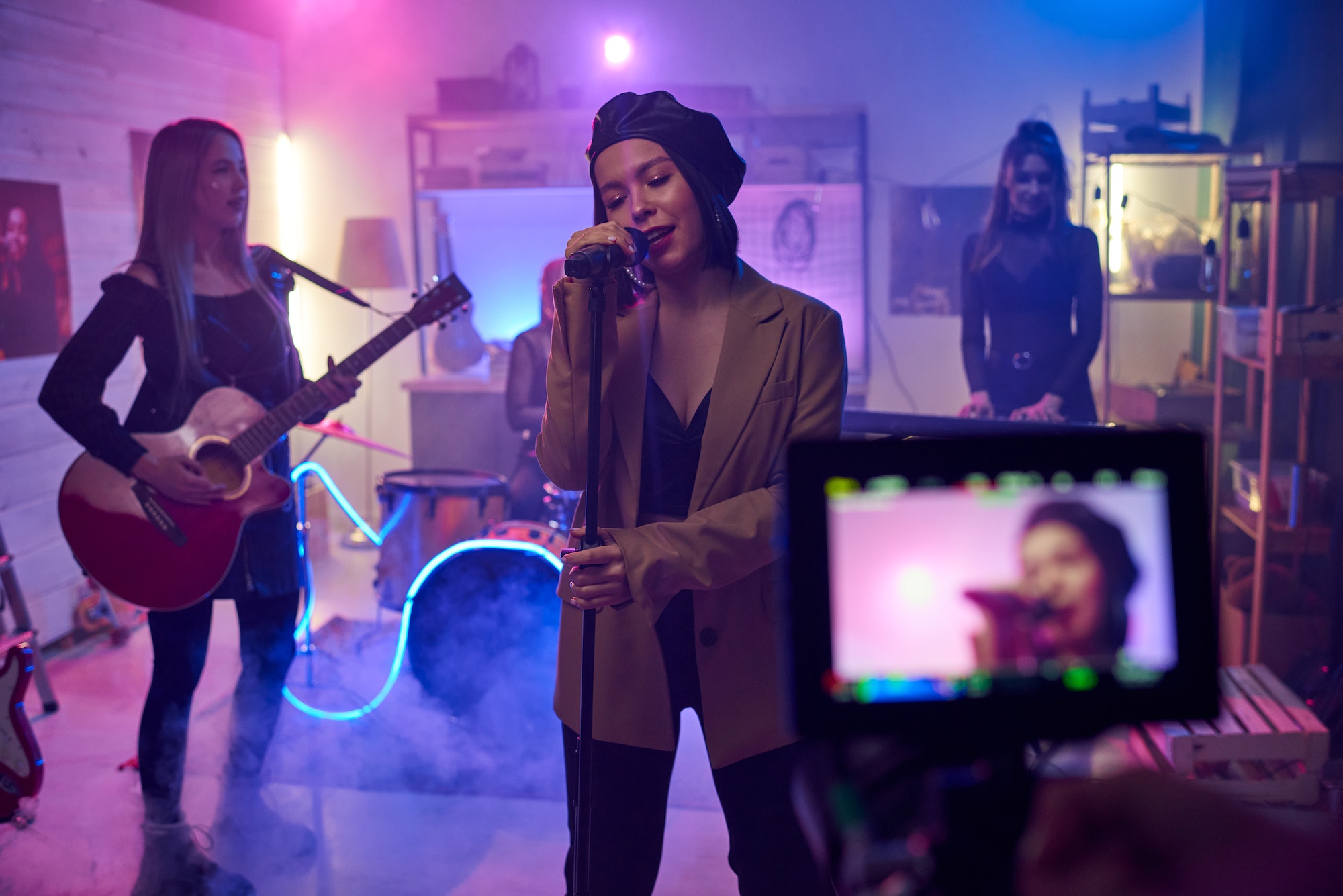In today’s digital age, music videos have become an essential part of the global entertainment landscape. They showcase original songs while also serving as a powerful visual medium that reflects the cultural diversity and creativity of artists. With the rise of social media and online platforms like YouTube, music videos have easily reached millions of people worldwide, making them a dynamic duo that continues to captivate audiences and dominate the charts. In this article, we will explore how music videos have evolved over the years, their impact on pop music and cultural expression, and the role they play in promoting traditional media and the arts.
The Evolution of Music Videos: From Traditional Media to Digital Domination
Before the advent of the internet, music videos were primarily showcased on television channels dedicated to music, such as MTV. These videos were often straightforward, featuring the artist performing the song, or they would include simple narratives to complement the music. Over time, music videos have evolved into a more complex and diverse art form, incorporating various styles, genres, and themes that reflect the artist’s creative vision.
The internet, specifically YouTube, has revolutionized the way we consume music videos. The platform allows artists to share their videos with a global audience, resulting in a surge of artistic creativity and cultural diversity. From dynamic dance routines to vivid storytelling, music videos now serve as a medium for artists to express themselves, experiment with different styles, and showcase their unique identity.
Moreover, social media has provided an additional platform for music videos to gain traction and reach new audiences. Viral videos can generate a massive following and even influence pop culture trends, as seen with the 2012 hit “Gangnam Style” by South Korean artist Psy. As a result, music videos have become an integral part of the modern music experience, allowing artists to connect with fans and share their vision on a global scale.
Music Videos and Pop Music: A Symbiotic Relationship
Music videos have played a crucial role in the success of pop songs over the years, helping to catapult them to the top of the charts and into the collective consciousness. In many cases, a captivating music video can be just as important as the song itself, creating a lasting impression on audiences and contributing to the song’s overall appeal.
One of the most iconic examples of this phenomenon is Michael Jackson’s “Thriller.” The groundbreaking 13-minute music video, released in 1983, featured elaborate dance sequences and special effects, transforming the pop music landscape and solidifying Jackson’s status as the “King of Pop.” Since then, countless artists have followed suit, using music videos to elevate their songs and create a visual experience that resonates with audiences.
In recent years, K-pop (South Korean pop music) has taken the world by storm, thanks in part to the cinematic and visually stunning music videos that accompany their songs. Groups like BTS, BLACKPINK, and EXO often release extravagant and meticulously choreographed videos, which have garnered millions of views on YouTube and helped propel their songs to global success.
Moreover, music videos have proved to be a valuable marketing tool for artists and record labels, as they provide a visual representation of the song that can be easily shared and promoted on various platforms. As a result, music videos have become an essential component of a successful pop music campaign, driving sales, boosting chart positions, and generating cultural impact.
Cultural Expression and Diversity in Music Videos
Music videos serve as a canvas for artists to showcase their cultural identity and explore diverse themes, allowing them to connect with audiences and promote cultural understanding. As the world becomes more interconnected through digital media, music videos have become a gateway for cross-cultural exchange, providing a platform for artists to share their unique perspectives and stories.
For instance, Latin music has experienced a surge in popularity in recent years, with artists like Shakira, Enrique Iglesias, and Bad Bunny captivating global audiences with their infectious rhythms and distinctive visuals. Their music videos often incorporate elements of their cultural heritage, introducing millions of viewers to new sounds, styles, and traditions.
Similarly, African artists such as Wizkid, Burna Boy, and Davido have made a significant impact on the global music scene, with their vibrant and energetic music videos showcasing the rich cultural tapestry of the continent. These videos not only highlight the artists’ roots but also serve to challenge stereotypes and promote a more nuanced understanding of African culture.
By embracing cultural diversity and showcasing a range of perspectives, music videos have become a powerful tool for fostering global connections and sparking conversations about identity, representation, and the arts.
The Power of Music Videos in Shaping Culture and the Arts
In conclusion, music videos have become a dynamic duo with original songs, playing a vital role in shaping pop music, promoting cultural diversity, and elevating the arts. They have transformed from a simple promotional tool to a versatile platform for artistic expression and cultural exchange, connecting people across the globe and highlighting the rich tapestry of human creativity.
As the digital landscape continues to evolve, music videos will undoubtedly remain a significant part of our cultural experience, capturing the essence of the times and providing a powerful medium for artists to share their vision with the world. By embracing the potential of this dynamic duo, we can continue to celebrate the universal language of music and the power of visual storytelling in fostering cultural understanding and appreciation.

